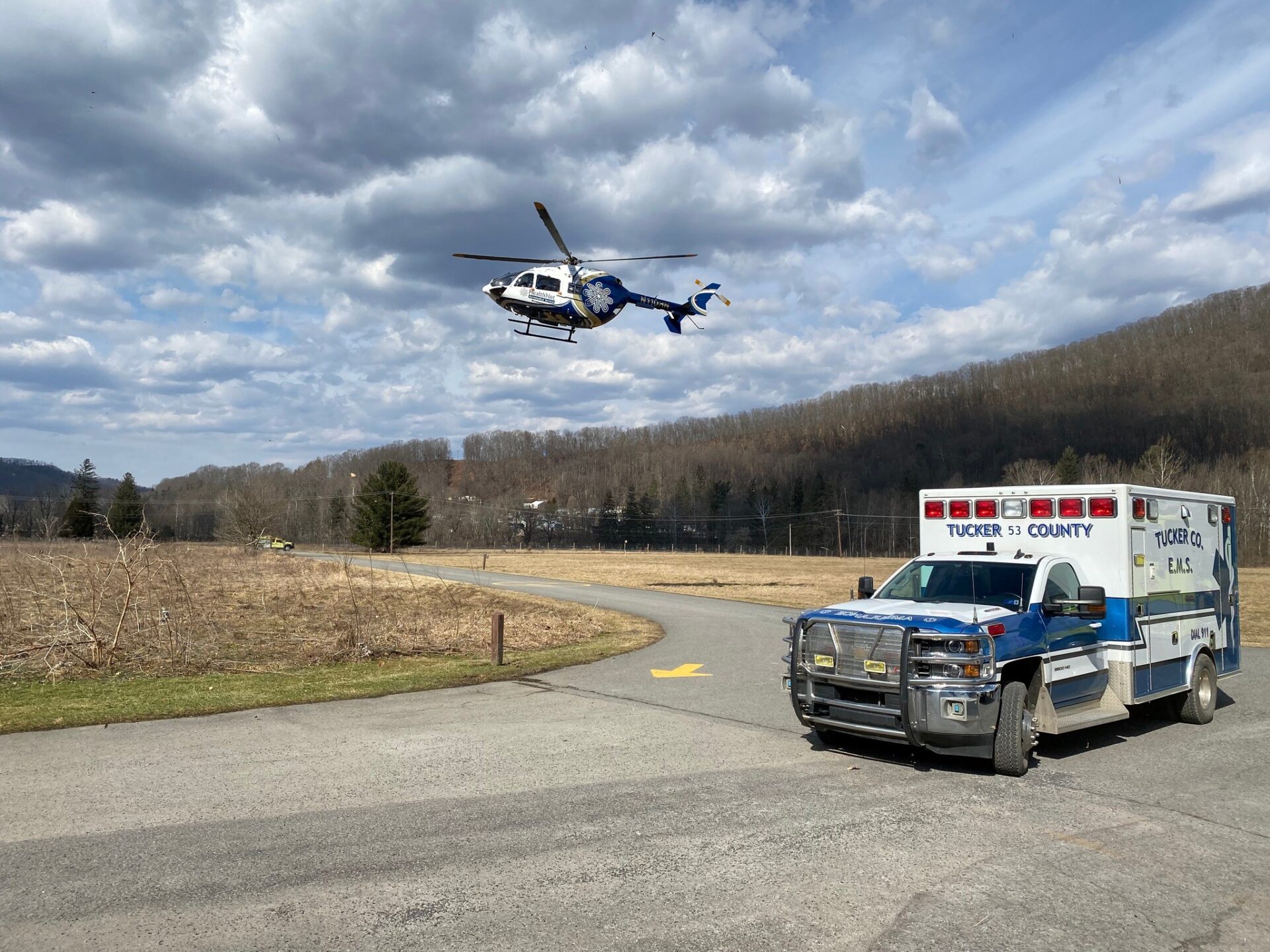Many counties cannot raise enough money to properly fund their Emergency Medical Services, even though the state has a $1.8 billion dollar budget surplus. Most ambulance agencies are either non-profit or private entities that receive little, or no funding from state, county and local governments.
West Virginia Code establishes that counties have a duty to fund EMS — if and to what extent they can afford to. In areas where tax revenues are diminishing due to the decline in the coal industry, local governments struggle to provide adequate funding to EMS.
The West Virginia EMS Coalition notes that at least 15 EMS organizations have ceased operations since 2022 and anticipates more closures without additional funding for EMS. Trish Watson, director of Services at Lincoln EMS, said some counties go 24 hours without an ambulance available and those wait times can lead to significantly reduced patient outcomes.
“Every county is short at this point,” Watson said. “That can very easily mean death. If you have an auto accident and you’re thrown out of your car, and the closest ambulance is an hour away obviously we know how that’s gonna turn out.”
Watson says there is a golden hour, that vital time period that a patient needs to receive care to survive a medical trauma.
“If you’re having a heart attack you can’t wait an hour for an ambulance to get there from another county — or maybe there’s not even one in the next county. Maybe those guys are all out too because we are all short staff,” she said.
Many rural areas in the state already had higher wait times. ow, many of those same areas are facing labor shortages due to lack of funding. Longer routes through rural areas of the state result in higher operating cost for EMS organizations. A statement put out by the West Virginia EMS Coalition said that ambulance agencies are only reimbursed by insurance when transporting a patient. They are not reimbursed for transportation to the patient’s residence, or from the hospital.
Last year, Gov. Jim Justice approved a one-time 10-million-dollar EMS Salary Enhancement Fund. However, the West Virginia EMS Coalition said that they are not able to give raises with that money because it’s not enough money to sustain a raise in wages. They said once the money is used, they could be forced to decrease wages again.
In the Special Legislative Session that began Sunday, Justice’s call proposed 44 bills. One of those bills, House Bill 122, would allot $12 million of the surplus for one-time payment to support fire response. The bill offered no funding for EMS.
“I will bring all parties to the table very soon, including the counties and the Legislature, so that we can all work together to find a responsible funding stream for our First Responders without raising taxes,” Justice said in a press release. “We all know that our first responders are our heroes, so I’m very proud to propose this funding.”
Watson said that while funding shortages affect patients’ health outcomes from emergency situations, they also affect the well-being of first responders.
“It is not just about the readiness, it’s about the staffing. You know, our crews are tired. They are short-staffed, we are short-staffed, so they are overworked, and underpaid. They are working excess hours because there is no one,” she said.
